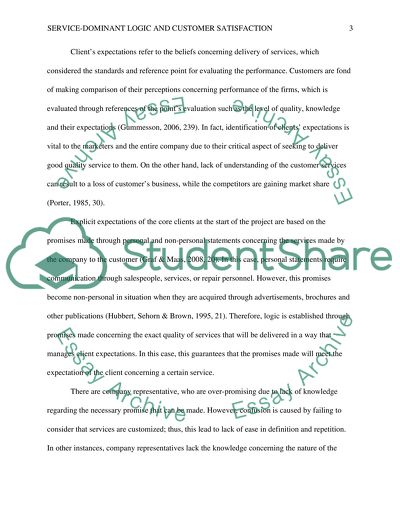Cite this document
(“Service-dominant logic and customer satisfaction Term Paper”, n.d.)
Service-dominant logic and customer satisfaction Term Paper. Retrieved from https://studentshare.org/marketing/1470283-service-dominant-logic-and-customer-satisfaction
Service-dominant logic and customer satisfaction Term Paper. Retrieved from https://studentshare.org/marketing/1470283-service-dominant-logic-and-customer-satisfaction
(Service-Dominant Logic and Customer Satisfaction Term Paper)
Service-Dominant Logic and Customer Satisfaction Term Paper. https://studentshare.org/marketing/1470283-service-dominant-logic-and-customer-satisfaction.
Service-Dominant Logic and Customer Satisfaction Term Paper. https://studentshare.org/marketing/1470283-service-dominant-logic-and-customer-satisfaction.
“Service-Dominant Logic and Customer Satisfaction Term Paper”, n.d. https://studentshare.org/marketing/1470283-service-dominant-logic-and-customer-satisfaction.


